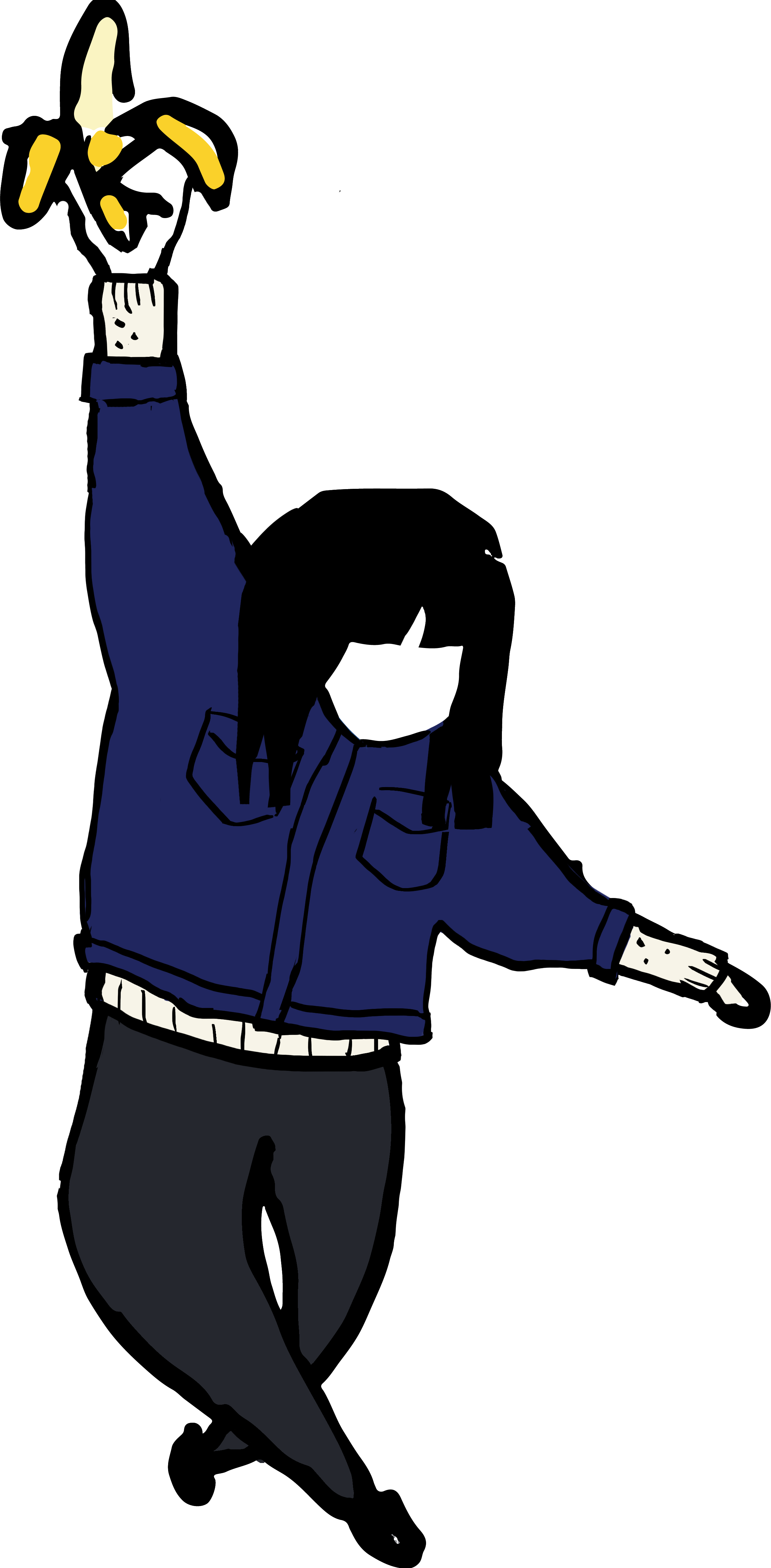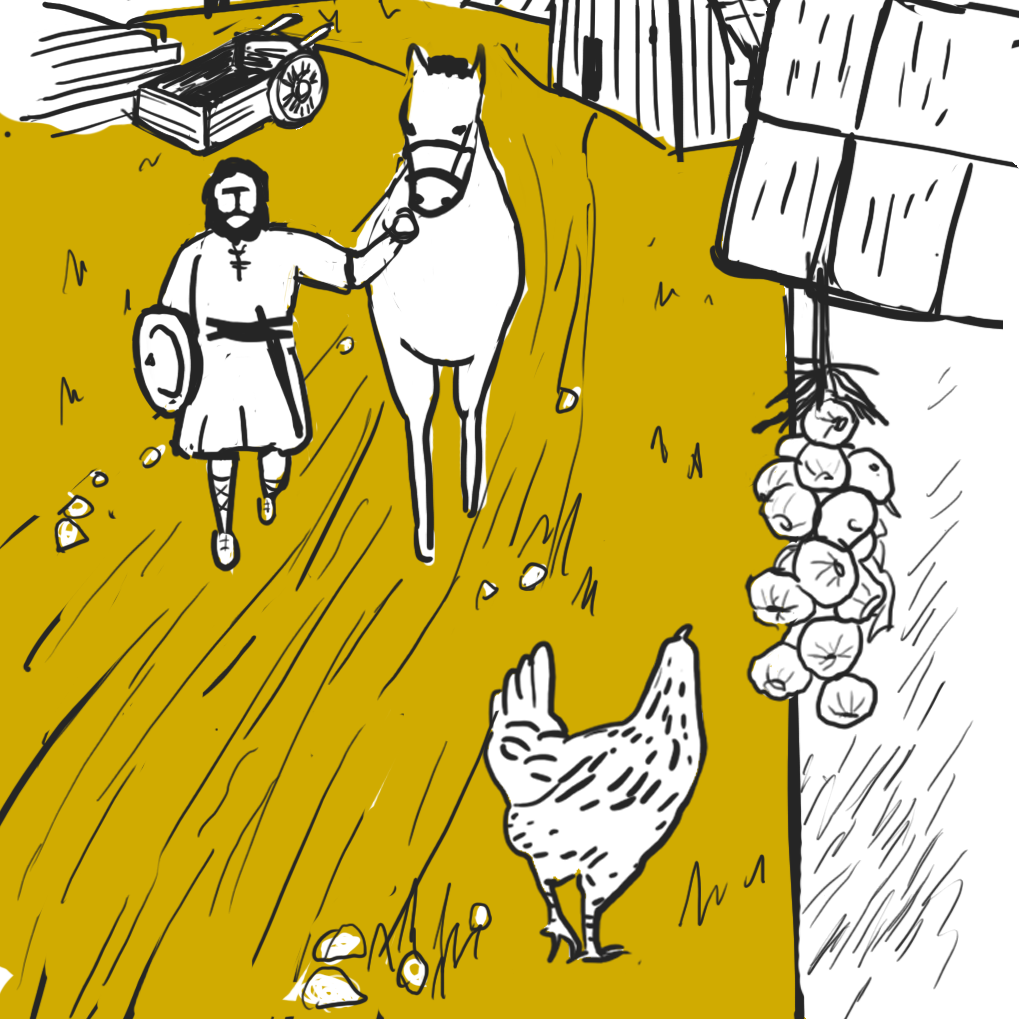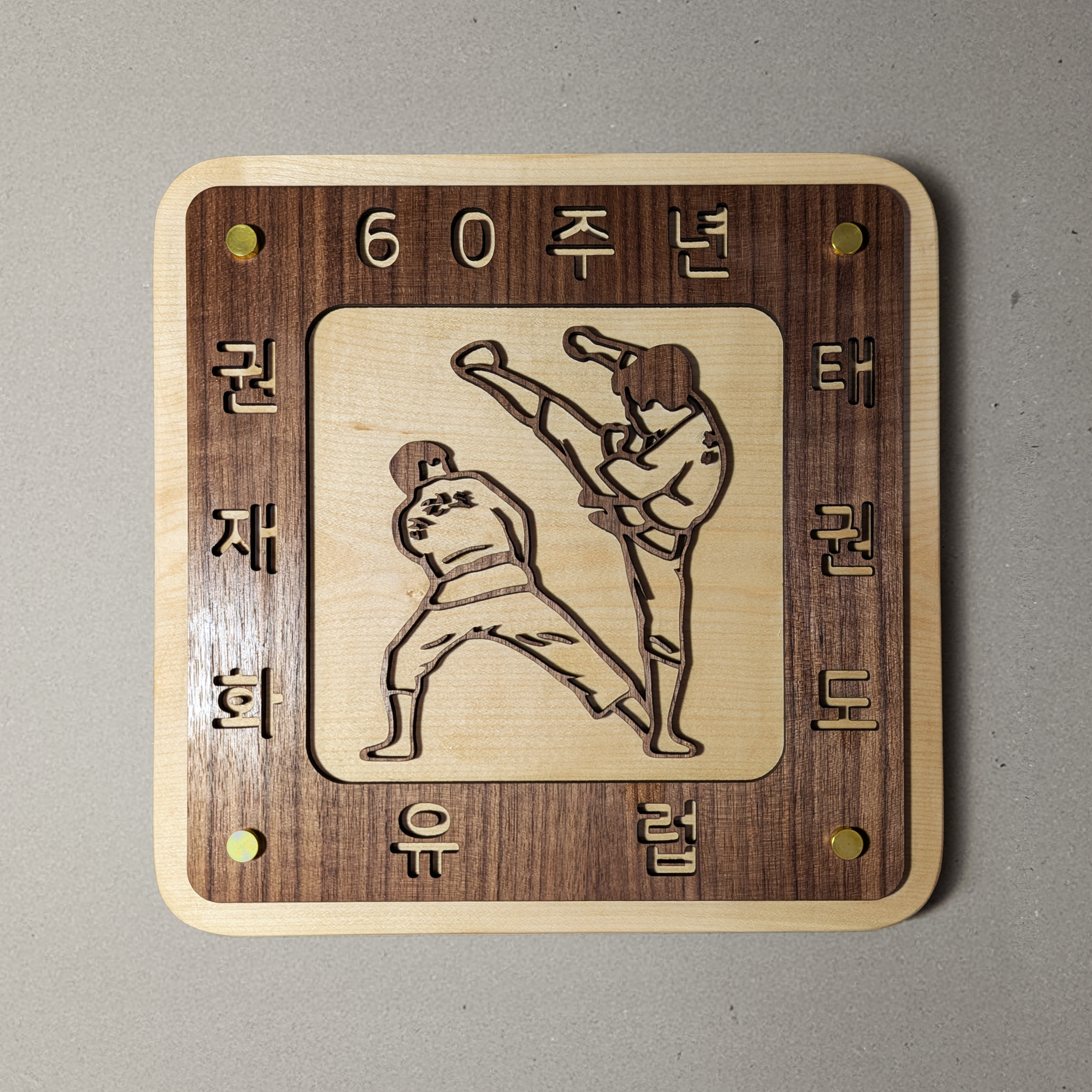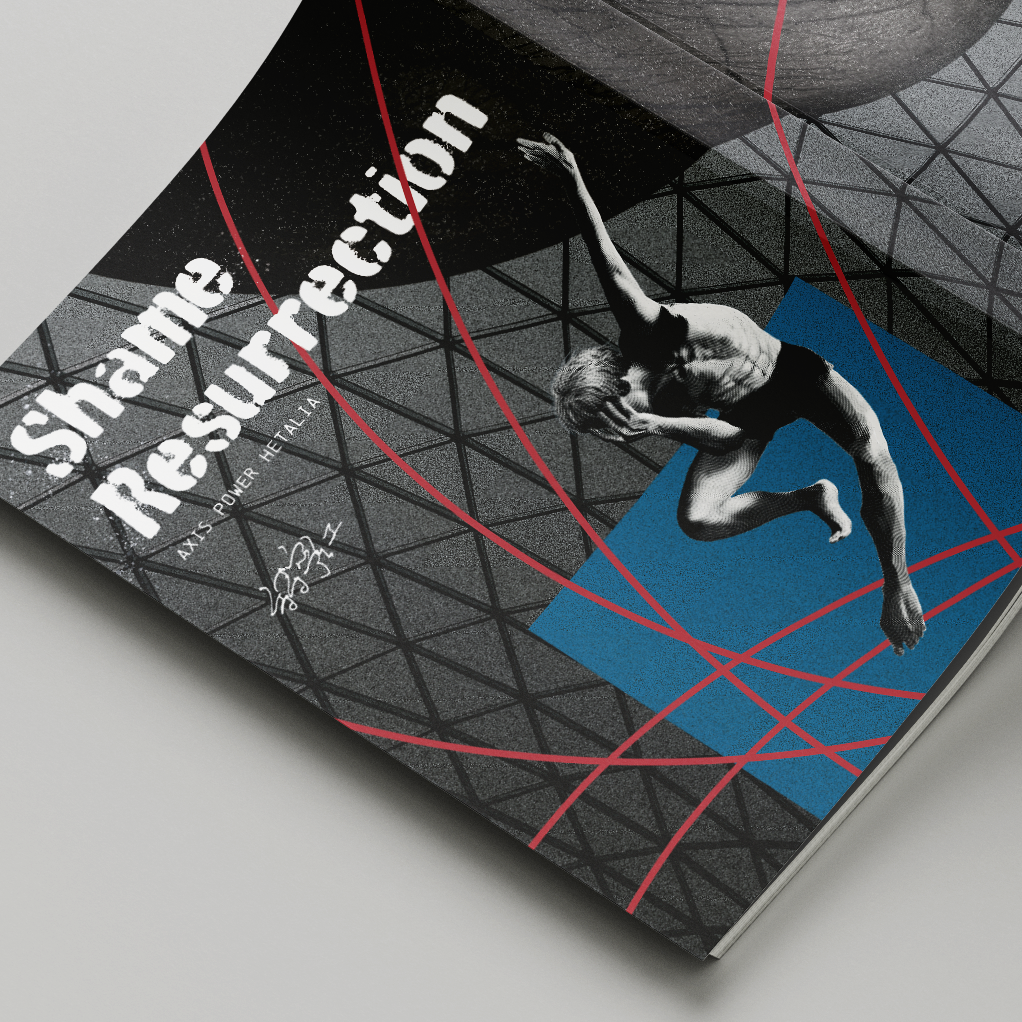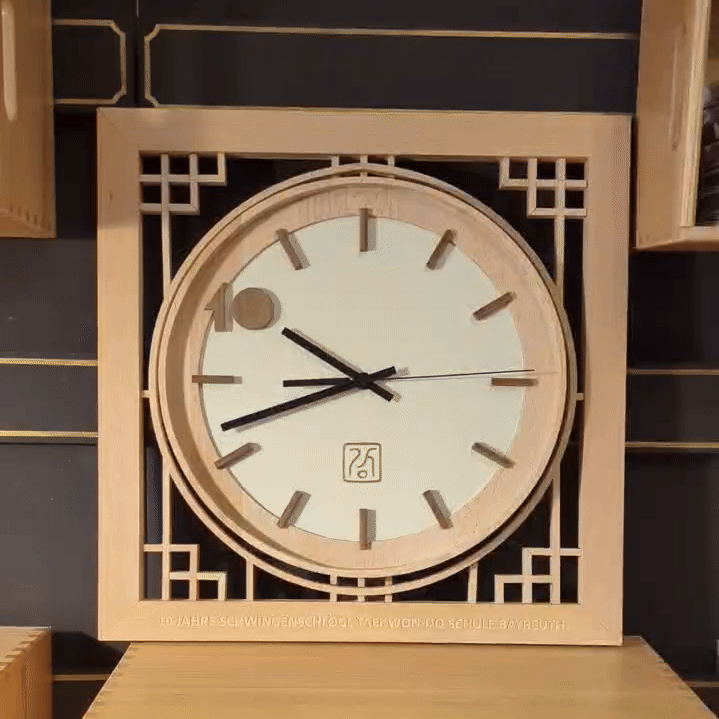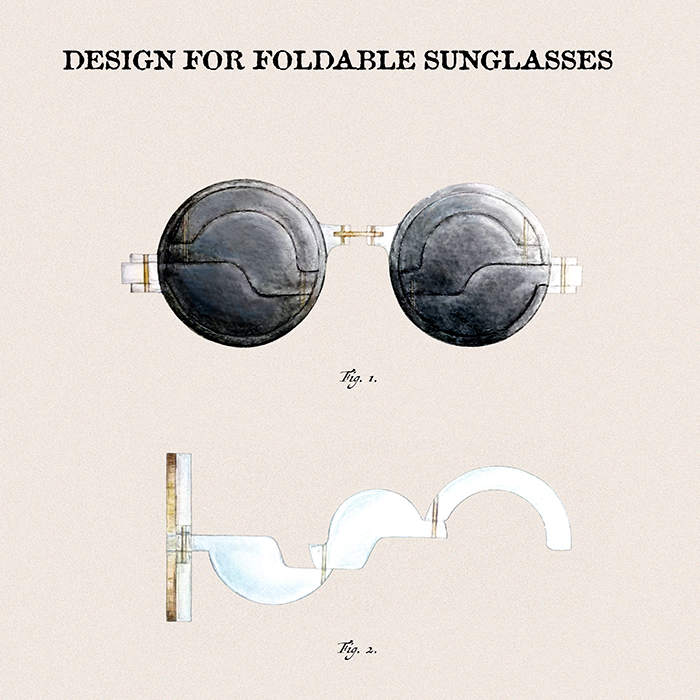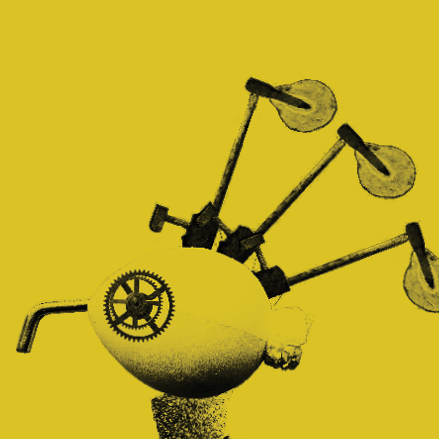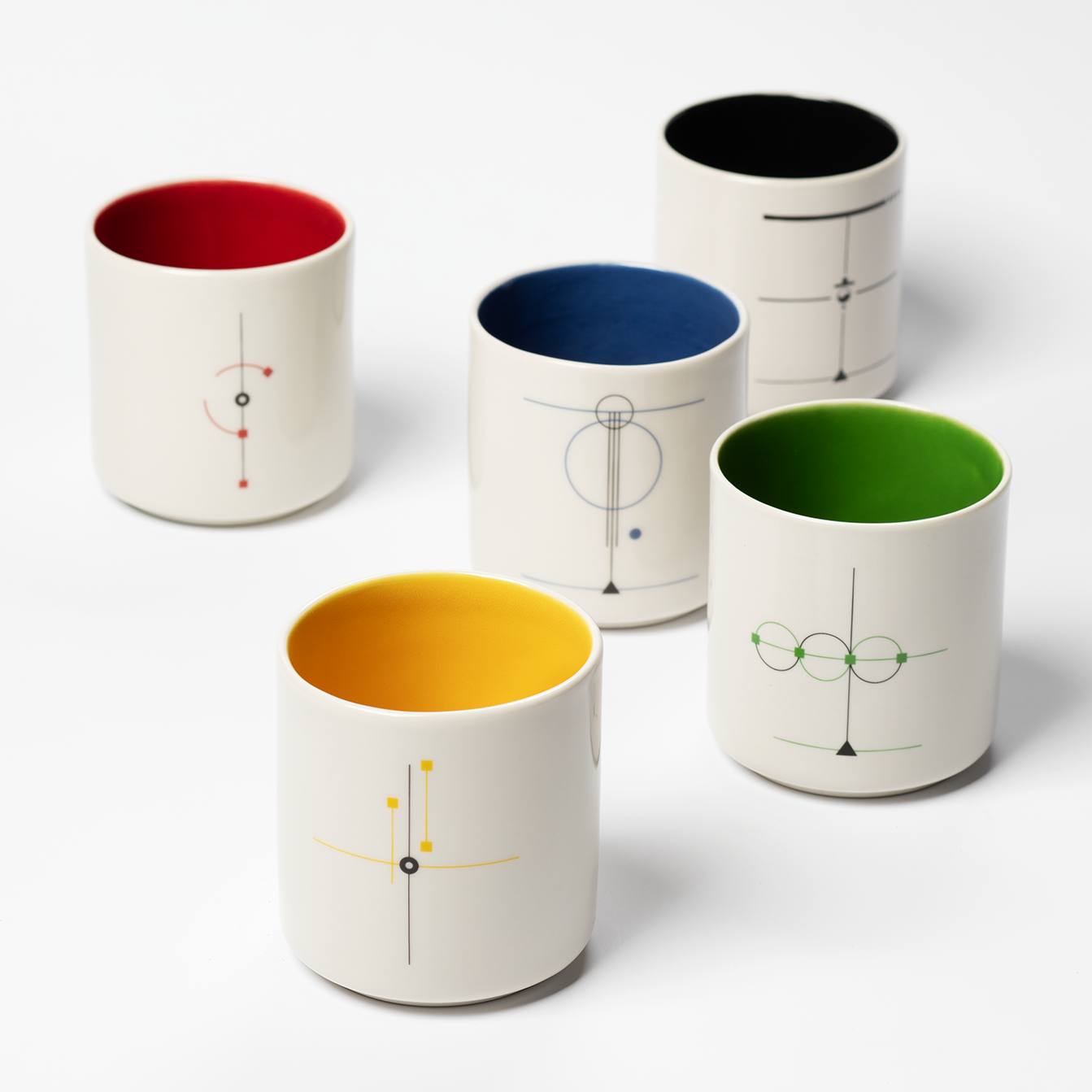This project was an assignment for the course "experimental design", where we were challenged to seek inspiration from research within in our school and translate it into design language. My partner and I chose to look at a program from the building archaeology department, where they are helping a Nepali village, Dhulikhel, to document architectural details of its historical heritage. This is crucial to the earthquake-haunted area, where vast disaster is expected every few years.
When we started, we didn't know what would turn out but as we looked further into the topic we learnt that most Nepali historical building, were actually undergoing a continuous process of destruction and reconstruction. This rang a bell. One fundamental concept in Buddhism, which is the dominant faith in the region, is the reincarnation theory of Samsara, which literally means "wandering" or "world" in Sanskrit with the connotation of the cyclicality of all life, matter and existence. While the theory is mainly about living beings, we thought it could also describe our project aptly.
We decided to make an Installation to showcase the ongoing transition of states. The wheel has two identical discs, these show the Stupa temple, a symbol of Buddha and his doctrine, the Dharma. When the front disc turns clockwise, the motif dissolves into mesmerising patterns through the scattering of coloured dots, which represent the fragments of historic architecture. The rotation represents the circulation of chaos and order. The role of building archaeology, which provides the foundation for reconstruction through plans and documentation, is depicted here as the supporting stand. The red lines on the rack represent the red threads, which are used for measuring at the site.
In collaboration with Marina Almstötter
Project description (German): https://www.scribd.com/document/385485143/Samsara
